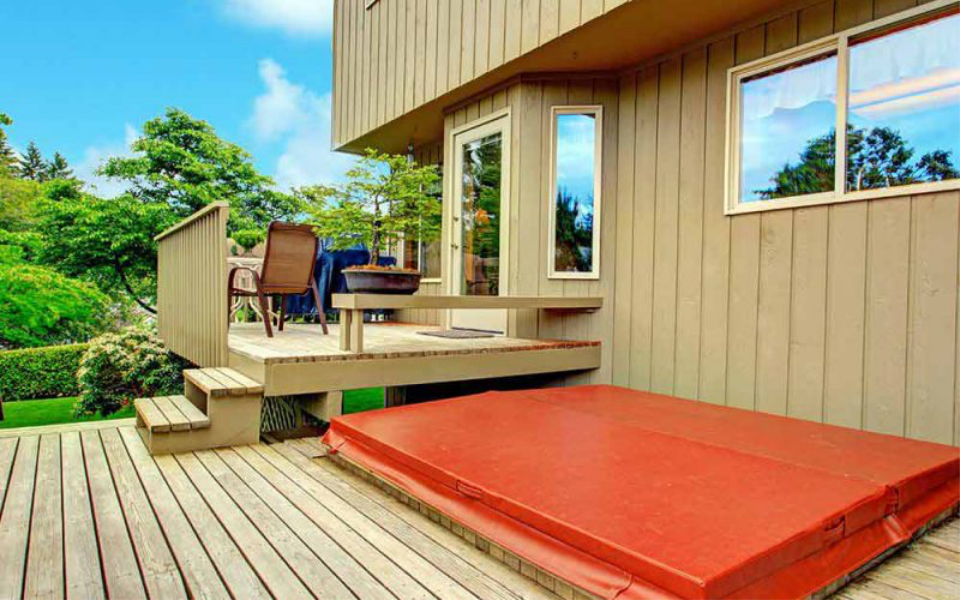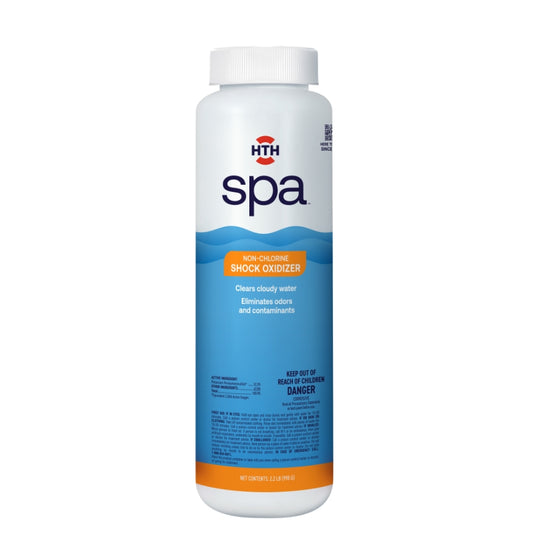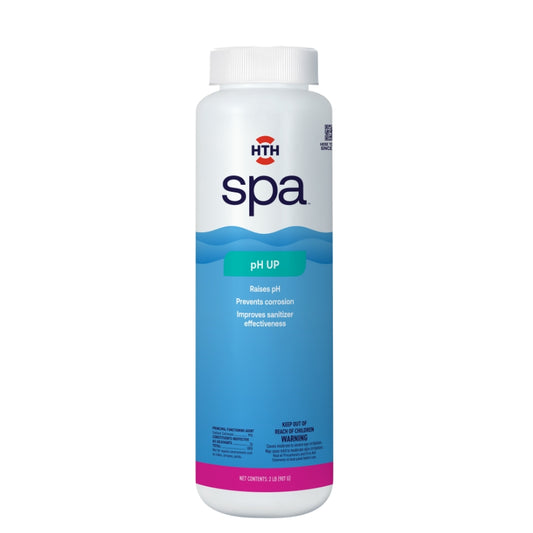Seal heat in
As most of us know, heat rises. In the case of a hot tub or spa, without the proper insulation, heat escapes through the surface, which means the next time you want to soak in a perfectly heated tub, you’ll have to reheat your water and wait until it reaches the right temperature, which can get costly. Investing in a good quality spa cover can save you money and keep your tub at an ideal temperature longer, not to mention it prevents debris from landing in the water. If you’ve already purchased a cover, but are still finding your tub’s heat is escaping, your cover might be low quality or nearing the end of its useful lifespan. If you’re finding that your cover is very heavy, that could indicate water-logging of the foam-core insulation, which means the cover is providing almost no insulation. Floating thermal blankets also help your hot tub retain heat and stay nice and toasty for bathers. As a bonus, the extra layer of insulation reduces the amount of moisture buildup on the inside of your spa cover, which can help it last longer.
The right temperature
Hot water can help soothe sore muscles and relax your mind after a long day, but that doesn’t mean that you need to run your spa at the highest possible temperature. Most modern spas come with a factory-set temperature of 104 degrees, but the temperature recommended by health departments for adults is actually only 102 degrees, and even lower for children. Lowering your spa’s water temperature down to 102 degrees, or even slightly lower, depending on your preferences, can help you save a few dollars and still give you the full hot tub experience.

Off-peak heating
Like rush hour and prime-time programming, there are certain periods during the day when a large number of people are taking part in the same kind of activities. When it comes to energy usage, peak hours of consumption typically go from 6am to 10am and from 5pm to 9pm. To cut down your spa costs, program your hot tub to heat during off-peak hours. If your hot tub is well-insulated with a good quality cover, it should maintain the set temperature several hours after the heater is turned off.
Create windbreaks
As we already covered, heat rises up and, with nothing blocking its path, the wind quickly carries it away from your spa, which can leave you with a chill and an energy inefficient hot tub. Adding panels, landscaping or fencing around your hot tub will not only reduce wind exposure and heat loss, it will also give you and your guests more privacy when relaxing in the spa. How do you keep your hot tub energy consumption low? We’d love to hear your practical (or creative!) tips and tricks on how to save money and energy while making the most of hot-tub season. Share your stories with us on Facebook!






